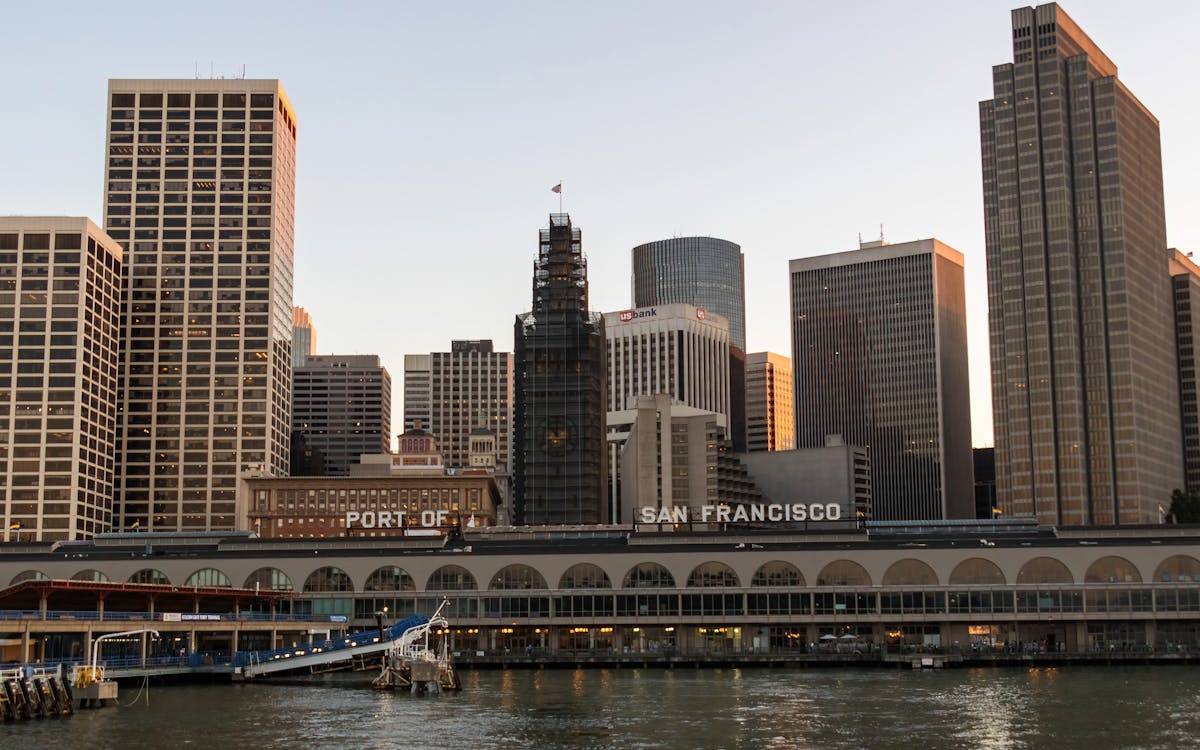
Why Restoration Matters More Than Ever in the Bay Area
Over the last few decades, the San Francisco Bay has actually weathered the effect of metropolitan expansion, industrial development, and environment adjustment. When teeming with wildlife and lavish marshes, most of the bay's all-natural ecological communities have actually been fragmented or broken down. Yet amidst these challenges, something remarkable is taking place: regional residents, volunteers, and grassroots initiatives are leading a wave of ecological remediation that's bringing brand-new life back to the Bay.
Repair isn't practically growing trees or cleaning up garbage, though those efforts are essential. It's concerning reconstructing the foundations of life, from marsh lawns that support fish baby rooms to coastline buffers that defend against flooding. And in this area, the power of neighborhood participation is turning the trend very reasonably.
From Marshland to Miracle: The Return of Native Habitats
Among the most noticeable changes occurring in the Bay Area is the re-emergence of indigenous habitats. Wetlands that were when drained pipes or paved over are being rehydrated and replanted. Lawns and hedges indigenous to the area are being grown by community groups, that often count on neighborhood volunteers to help expand seedlings and handle regulated growing occasions.
These native plants do more than add greenery to the landscape. They use haven to migratory birds, pollinators, and small mammals, producing pockets of biodiversity amidst hectic city areas. As these environments increase, so does the eco-friendly wellness of the Bay itself. When local residents take time out of their weekends to get their hands in the soil, they're not simply growing-- they're joining the restoration of a living, breathing ecosystem.
The Role of Education in Fostering Environmental Stewards
Education plays a vital component in why these community-led efforts are working so well. Schools, neighborhood centers, and not-for-profit teams are organizing hands-on knowing experiences where participants of all ages can recognize the scientific research and relevance of repair. These programs commonly bring people face to face with concerns like disintegration, contamination, and sea level surge-- topics that can really feel abstract up until they're seen up close.
When somebody sees the fragile balance of an estuary or learns how a solitary plant species can filter contaminants from the water, the value of that knowledge ends up being personal. And with that said understanding comes the motivation to act. Recovering environments becomes much less of a task and even more of a mission. This deep link to local areas is what establishes the Bay Area apart and fuels the lasting success of these efforts.
Harnessing the Digital World to Drive Real-World Change
Remarkably, the press to heal the Bay's ecological communities isn't occurring alone from the electronic globe. Technology is ending up being an effective tool in rallying support, spreading recognition, and connecting neighborhoods. Whether via citizen science applications that track indigenous species or neighborhood online forums arranging reconstruction events, the online area is matching boots-on-the-ground activity.
In recent times, also local outreach techniques have progressed. As an example, a social media marketing agency in the Bay Area might sustain ecological campaigns by helping volunteers amplify their impact, inform their tales, and influence others to get entailed. These electronic touchpoints have the power to turn a small weekend break clean-up into a local motion simply by allowing people know it's taking place-- and that it matters.
Email Campaigns That Inspire and Inform Local Change-Makers
Another electronic technique making a tangible distinction is email interaction. Updates concerning remediation occasions, seasonal planting initiatives, and donation drives are often shared via very carefully crafted newsletters that strike an equilibrium between being insightful and inspiring. It's not unusual for a well-timed campaign from an email marketing agency in San Francisco to bring a rush of volunteers or donations to a task in need.
These e-mail campaigns aren't just transactional-- they're transformative. By informing clients about the direct effect their participation has, they nurture long-term interaction. Viewers involve feel like stakeholders in the health of their region, and that psychological link equates to lasting dedication.
The Unseen Work of Connecting Data, Communities, and Nature
Behind every effective reconstruction project lies a complex web of coordination. There's research to comprehend what habitats need most, community feedback to shape inclusive strategies, and follow-up surveillance to ensure success. This kind of ongoing initiative often requires not simply heart, yet information, method, and communication.
That's where the support of a go here digital marketing company in the Bay Area can make a quiet yet critical distinction. By helping companies develop strong electronic platforms, collect insights, and improve their messaging, these teams make it possible for neighborhood groups to scale their effect. The result is a much more connected and reliable movement, where every activity counts, and everyone seems like they're part of something larger.
The Power of People in Preserving the Bay's Future
If there's something the Bay Area has actually shown, it's that restoration doesn't need to start with huge establishments or large budgets. It can begin with one next-door neighbor pulling weeds from a path, one pupil growing a native sapling, or one family members showing up to a shoreline clean-up. These tiny actions accumulate, specifically when they're sustained by smart methods and shown to the broader community.
There's something distinctively enthusiastic concerning seeing the tides turn-- both figuratively and literally-- in favor of nature. The Bay is far from completely recovered, yet it's being revitalized day by day through the determination and care of those who call this location home. With each marsh rebuilt and each native types secured, we're not simply bring back ecological communities-- we're imagining what's possible when communities lead with purpose.
Maintain following this blog site for even more stories on regional change, neighborhood impact, and the ways you can be part of safeguarding the natural beauty that borders us.